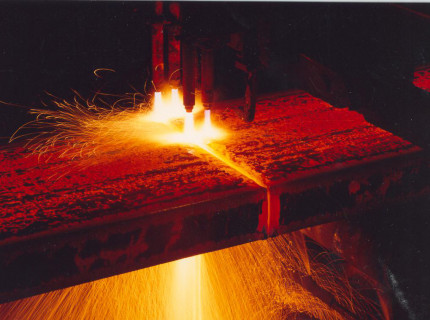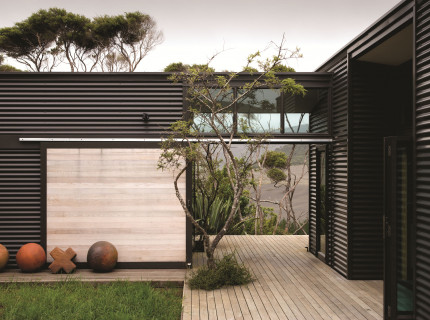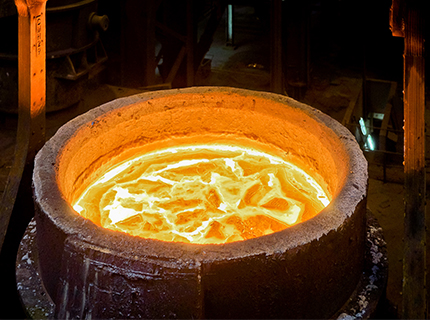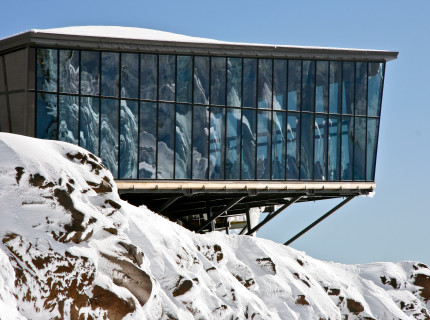Coal
The mill has a capacity to use 800,000 tonnes of coal a year. The coal is used as a source of carbon in the reduction process.
Electricity and Gas
At full capacity the Glenbrook operation consumes up to 1100 Gigawatt hours of electricity a year. This is approximately the amount that Wellington City (excluding Hutt Valley) uses each year. The bulk of this usage is by the plant's two iron melters which each consume up to 300 Gigawatt hours each year. Electricity accounts for 10 - 15% of the energy usage at the plant. The remaining energy needs are met with natural gas sourced from the Taranaki gas fields. The natural gas is used to preheat ladles for holding iron and steel and to reheat the steel slabs before they are rolled. A number of the downstream finishing processes also use gas fired furnaces for heating and drying.
Waste Energy Recovery
New Zealand Steel has developed a way of using one of the by-products of the ironmaking process, to provide an electrical energy source. This reduces its reliance on electricity purchased from the national grid. Hot waste gases are produced by the multi-hearth furnaces in the ironmaking process. New Zealand Steel has since the late 1970s taken advantage of this hot waste gas to produce energy for the production process, in what is called a Cogeneration plant. The Cogeneration process involves the multi hearth furnace waste gas being burnt in an afterburner to provide heat for the boilers. This superheated steam from the boilers drives two steam turbines to produce electricity. The Cogeneration plant provides approximately 20% of the site electricity requirements. In 1997 the company commissioned a second Cogeneration plant, taking waste hot gases from another part of the ironmaking process, the rotary kilns. This now means up to 60% of the steel mill's electricity is generated on site. The Cogeneration facility is an example of how New Zealand Steel makes better use of resources and by products. New Zealand as a whole benefits from Cogeneration at the steel mill as emissions from thermal power stations, such as Huntly and New Plymouth, are reduced and there are savings of coal and gas.
CO2 Emissions
Steelmaking generates greenhouse gas emissions, mainly carbon dioxide, both directly when making iron and steel, and indirectly through the use of electricity and gas. The majority of emissions (about 80%) come from the chemical process of making iron. New Zealand Steel has significantly reduced the intensity of its emission profile since the 1990s and is continuously looking at cost effective ways of reducing its energy usage and C02 emissions.



